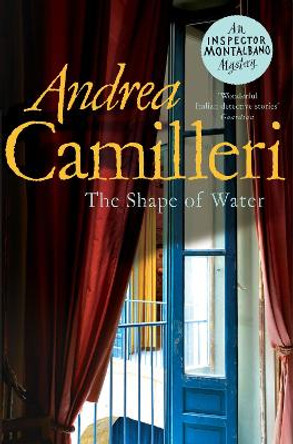Description
The second book in the ThinkCities series explores water as a precious, finite resource, tracing its journey from source, through the city, and back again.
Living in cities where water flows effortlessly from our taps and fountains, it's easy to take it for granted. City of Water, the second book in the ThinkCities series, shines a light on the water system that is vital for our health and well-being. The narrative traces the journey of water from the forests, mountains, lakes, rivers and wetlands that form the watershed, through pipes and treatment facilities, into our taps, fire hydrants and toilets, then out through storm and sewer systems toward wastewater treatment plants and back into the watershed.
Along the way we discover that some of the earliest cities with water systems date back to the Indus Valley in 2500 BC; that in 1920 only 1 percent of the US population had indoor plumbing; that if groundwater is used up too quickly, the land can actually sink; and more. The text is sprinkled with fun and surprising facts - some water fountains in Paris offer sparkling water, and scientists are working to extract microscopic particles of precious metals found in sewage.
Readers are encouraged to think about water as a finite resource, and to take action to prevent our cities and watersheds from becoming more polluted. More than 2 billion people in the world are without access to safe, fresh water at home. As the world's population grows, along with pollution and climate change, access to clean water is becoming an urgent issue.
Includes practical steps that kids can take to help conserve water.
The ThinkCities series is inspired by the urgency for new approaches to city life as a result of climate change, population growth and increased density. It highlights the challenges and risks cities face, but also offers hope for building resilience, sustainability and quality of life as young people advocate for themselves and their communities.
Correlates to the Common Core State Standards in English Language Arts:
CCSS.ELA-LITERACY.RL.3.3
Describe the relationship between a series of historical events, scientific ideas or concepts, or steps in technical procedures in a text, using language that pertains to time, sequence, and cause/effect.
REVIEW COPIES:
- Publishers Weekly
- School Library Journal
- Booklist
- Kirkus Reviews
- Horn Book
About the Author
ANDREA CURTIS's children's non-fiction includes A Forest in the City, City of Water, City Street are for People and City of Neighbors in the ThinkCities series. She has also written the young adult novel Big Water and other books for young readers. Andrea lives with her family in Toronto, Ontario, where she likes to doodle, cook for friends and spend as much time as possible on her bike. KATY DOCKRILL is an honors graduate from Ontario College of Art and Design. Her fresh brush-and-ink illustrations have attracted a wide range of clients, and she has won a number of awards for her editorial work. She has illustrated City of Water and City of Neighbors in the ThinkCities series and A Voice for the Spirit Bears by Carmen Oliver, among other titles, as well as many covers for children's novels. Katy lives with her family in Toronto, Ontario.
Reviews
[M]ind-boggling and fascinating facts.
* Quill & Quire *[An] insightful STEM offering.
* Booklist *Educational and stylish.
* Kirkus Reviews *Cogently fills an information gap for school and public libraries.
* School Library Journal *[A] fantastic way to examine the urban landscape and how it affects the environment.
* Globe and Mail *The text presents excellent information and encourages readers to become good stewards of a finite resource.
Vibrant and informative.
* Spacing Magazine *Awards
Commended for A Junior Library Guild Selection 2020.
Book Information
ISBN 9781773061443
Author Andrea Curtis
Format Hardback
Page Count 40
Imprint Groundwood Books Ltd ,Canada
Publisher Groundwood Books Ltd ,Canada
Weight(grams) 453g
Dimensions(mm) 269mm * 222mm * 10mm









